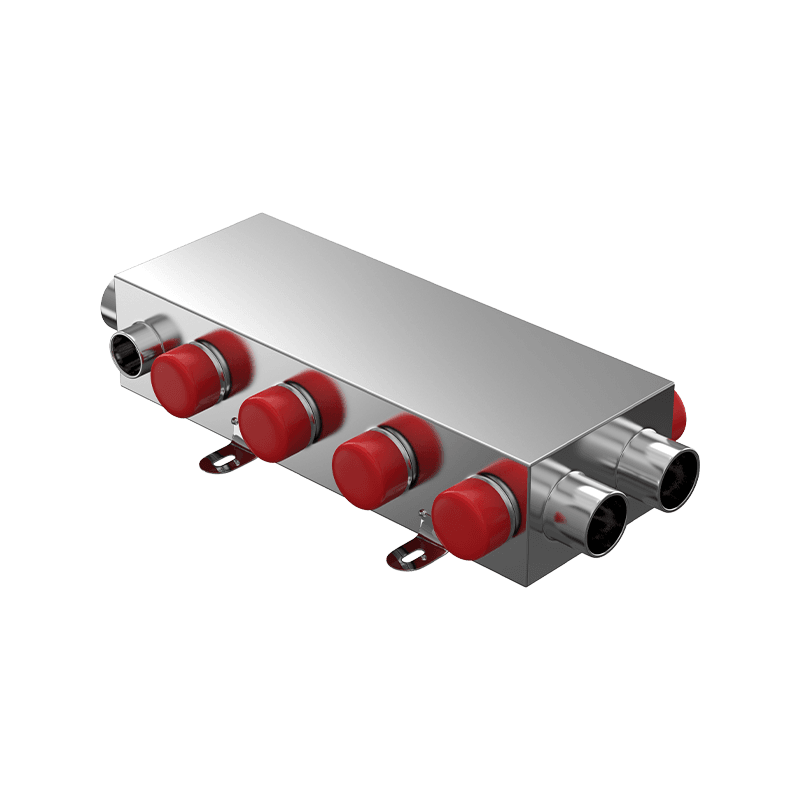Building technologies have taken a noticeable shift toward smarter, more compact, and energy-conscious designs. One notable development within this shift is the growing use of manifold cabinets in integrated heating systems. These systems are becoming increasingly common in both residential and commercial spaces, where efficiency, space-saving, and clean installations are more important than ever.

At its core, an integrated heating system brings together various heating components into a single, coordinated unit. It’s designed to distribute warmth evenly across multiple zones, allowing users to manage indoor temperatures more precisely. This is where the manifold cabinet comes into play—it houses the essential distribution components, such as manifolds and valves, in a secure and accessible enclosure. Not only does this improve the appearance of the system, but it also simplifies maintenance and control.
What sets the manifold cabinet apart is its ability to bring organization to what can otherwise be a clutter of pipes and fittings. These cabinets provide a centralized location for heating circuits, which is especially valuable when managing underfloor heating setups or multi-zone radiator systems. Rather than hiding pipes behind walls or leaving them exposed, a manifold cabinet creates a cleaner layout, reducing the risk of confusion or error during installation or future repairs.
As more homes and buildings move toward smarter climate control, integrated heating is becoming a key player in achieving consistent indoor comfort. It's not just about warmth anymore—users want systems that respond quickly, adapt to schedules, and help manage energy use. The manifold cabinet supports this trend by giving installers and technicians a practical way to manage multiple heating loops from a single point. This makes it easier to adjust flow rates, monitor system performance, and isolate zones if needed.
Another benefit of using a manifold cabinet in integrated heating applications is the improvement in installation quality. By giving a dedicated space for each component, it less mistakes and reduces the need for unnecessary joints or pipe lengths. This can pilot to fewer leaks, better flow, and overall smoother system operation. Additionally, since the cabinet is often recessed into a wall or mounted in a low-traffic area, it helps maintain a clean and uncluttered environment.
Looking ahead, the role of manifold cabinets in heating systems is likely to expand. As energy codes become stricter and demand grows for systems that can adapt to different building layouts, this kind of centralized solution offers a flexible approach. Whether in new builds or renovations, incorporating a manifold cabinet into an integrated heating system makes the process more manageable—for designers, installers, and end-users alike.
Ultimately, the shift toward smarter heating is not just a trend; it’s a response to changing expectations about comfort, energy use, and convenience. With components like the manifold cabinet, these systems become easier to manage and more reliable over time. Whether tucked away in a utility room or installed within a hallway wall, this simple piece of hardware plays a big role in how modern integrated heating systems function.
The combination of manifold cabinets and integrated heating is helping to shape the way we think about indoor climate control. It’s not just about heating a space—it’s about doing so in a thoughtful, efficient, and flexible way. As more projects adopt this approach, the value of these integrated components will continue to show in both performance and ease of use.

 Language
Language













 Qigang Road, Huanghuaguitou Industrial Zone, Liu Shi Town, Yueqing City, Wenzhou City, Zhejiang Province
Qigang Road, Huanghuaguitou Industrial Zone, Liu Shi Town, Yueqing City, Wenzhou City, Zhejiang Province 



